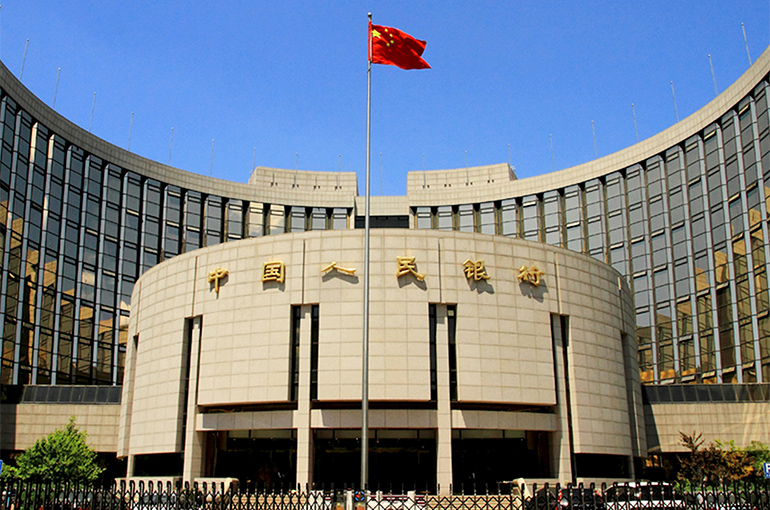 PBOC’s New Swap Facility Kicks Off; Applications for USD28.1 Billion in Funding Are Already In
PBOC’s New Swap Facility Kicks Off; Applications for USD28.1 Billion in Funding Are Already In(Yicai) Oct. 18 -- The People’s Bank of China’s newly created swap scheme, which gives non-bank financial institutions access to funding to buy shares, began operations today and applications for CNY200 billion (USD28.1 billion) have already been received. With an initial funding size of CNY500 billion (USD70.2 billion), the facility is designed to give the stock markets a boost.
Twenty brokerages and fund managers have already applied for CNY200 billion worth of funds through the Securities, Funds and Insurance Companies Swap Facility, the PBOC said today. The swap scheme allows securities firms, fund companies and insurers to swap assets such as bonds, stock exchange-traded-funds, stocks on the CSI 300 and public real estate investment trusts in return for funding.
The CNY200 billion that have already been applied for are essentially a credit line from the central bank, which have the potential to act as incremental funds, industry experts said. Companies will not use it up at once, and this will continue to infuse into the capital market.
Swap facilities are an important monetary tool used by the central bank to help distribute liquidity across different markets. In the past, the central bank mainly assumed the role of the "lender of last resort" and would offer liquidity support to banks should they suddenly run short of cash. But in the current financial environment, as people diversify their asset allocations and the capital markets struggle, the central bank needs to further provide liquidity to the stock markets.
The swap facility will leverage the role of institutional investors to stabilize the capital markets, the analysts said. The tool can provide counter-cyclical adjustments. On the one hand, when the stock market is sluggish and stock prices are low, financial institutions are more willing to buy, and the swap scheme will be used in large quantities. But when the stock market improves and liquidity recovers, the tool will be used less.
It also enables non-bank financial institutions to raise funds when they come under pressure to repay investors by swapping their assets rather than by selling stocks at a low price. This will curb procyclical behavior and smooth out market fluctuations and stabilize expectations.
The process, requirements, rights and obligations of both parties have been laid out in a notice issued by the PBOC and the China Securities Regulatory Commission. China Bond Insurance, a leading dealer in open market operations, will conduct the swap transactions with brokerages, fund managers and insurance companies.
The rate of each transaction will be determined by bidding, the notice said. The conversion rate is set according to the risks associated with the collateral, but is more favorable than the market level. The swap period is for one year and extensions can be applied for if needed.
Some major state-owned banks have said they will facilitate repurchase financing under the swap facility by relaxing the credit limit for participating institutions.
The roll out of the swap facility is a test of providing support to the stock markets through monetary policy, analysts said. It will be conducive to improving the overall liquidity of non-bank institutions. In the future, the central bank should continue to refine its tools through experiments, coordinate the distribution of liquidity across different markets, and enhance the inherent stability of the capital markets.
Editor: Kim Taylor